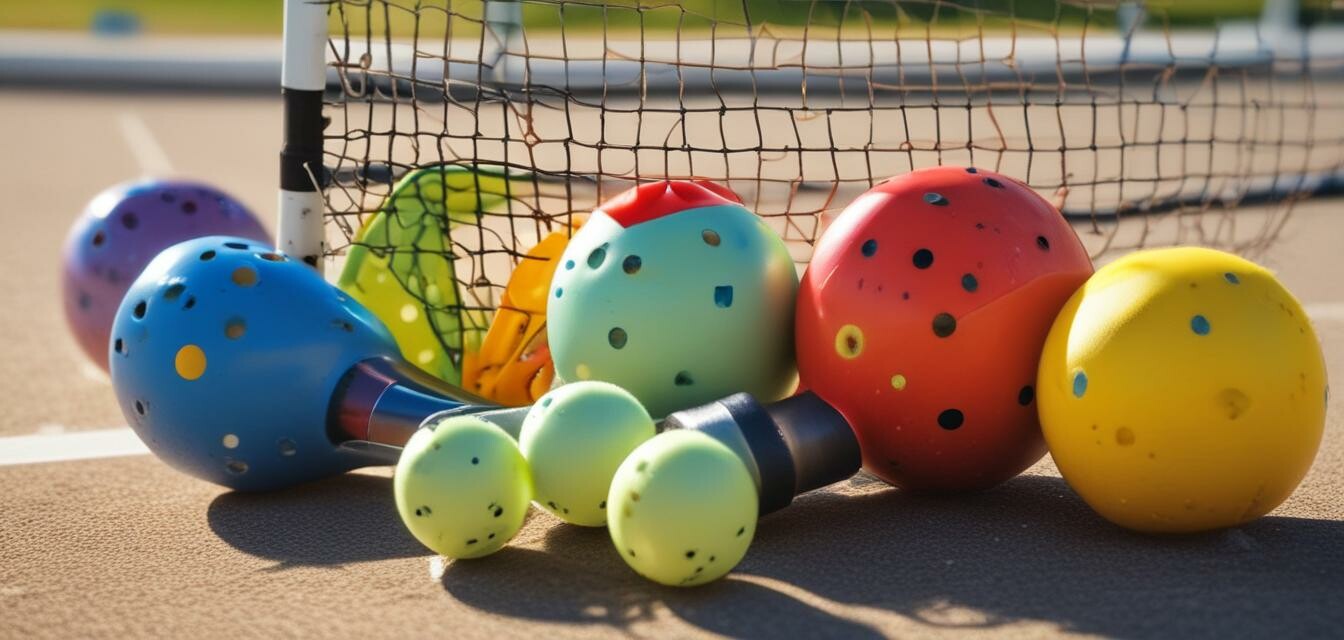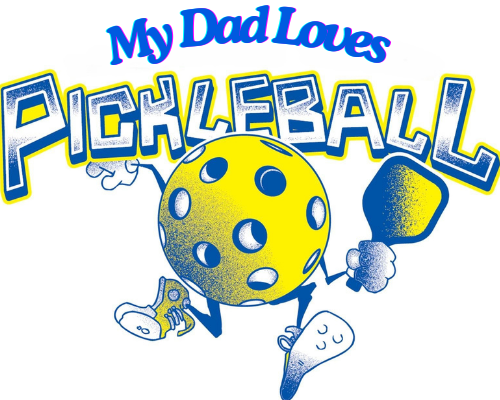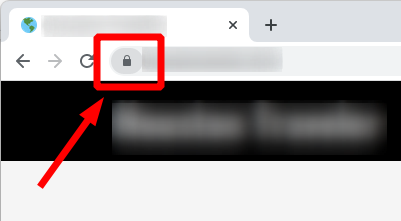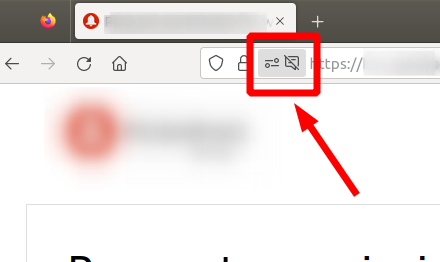
Essential drills for improving your pickleball game
As a pickleball enthusiast, you know that practice makes perfect. To elevate your game and become the player you aspire to be, it's essential to incorporate various drills into your training regimen. Below, we’ve compiled a list of crucial drills that can significantly improve your skills on the court.
Key Takeaways
- Incorporate a variety of drills for comprehensive skills improvement.
- Focus on footwork, accuracy, and shot variety.
- Consistency in practice leads to better performance.
Why drills are crucial in pickleball
Drills are the cornerstone of athletic training, allowing players to identify weaknesses and sharpen their strengths. By focusing on specific skills, players can improve their reaction times, shot precision, and overall gameplay strategy. The key is consistency; the more you practice, the more skilled you become.
Types of essential drills
Here are some fundamental drills every pickleball player should incorporate into their practices:
| Drill | Description | Focus Area |
|---|---|---|
| Wall Drill | Hit the ball against a wall to improve stroke consistency. | Shot precision |
| Target Practice | Set up targets on the court and aim to hit them. | Accuracy and control |
| Short Court | Play within the service box to practice short, controlled shots. | Footwork and shot placement |
| Court Coverage Drill | Simulate different shots while moving around the court. | Agility and mobility |
| Serve and Return | Practice serving and getting returns back into play. | Service skills |
Detailed breakdown of each drill
1. Wall Drill
The wall drill is perfect for honing your shot consistency. To perform this drill, find a wall, grab your paddle, and hit the pickleball against it at a comfortable height. Aim for smooth strokes and focus on maintaining a steady rhythm.
2. Target Practice
Place cones or other markers on the court to create targets. Focus on hitting these markers while varying your shots. This drill will enhance your aim and control, making it easier to place shots during a match. For more detailed tips on strategic aiming, visit our Tips & Tactics section.
3. Short Court
This drill works wonders for developing shot precision and footwork. Either play against a partner or solo, limiting your play to the service box. Start slowly, focusing on soft, controlled shots before gradually increasing the intensity as your skills improve.
4. Court Coverage Drill
Locate a practice partner and take turns hitting various shots while moving around the court. This drill enhances agility and helps you become familiar with different court angles, preparing you for real match scenarios.
5. Serve and Return
Practice makes perfect. Begin by serving the ball and then focus on making a controlled return. This drill is fundamental as it simulates game scenarios, reinforcing both your serving game and returns. Check out more ways to improve your serve in our related article on Paddles & Equipment.
Tips for effective practice
Best practices for your pickleball drills
- Set specific goals for each practice session.
- Keep track of your progress to stay motivated.
- Involve a practice partner to enhance competition.
- Focus on your footwork for better court positioning.
- Regularly rotate through various drills to prevent monotony.
Incorporating these drills into your routine
To make the most out of these drills, create a structured training schedule. Set aside time multiple times each week to practice. Even 30 minutes a day can lead to significant improvements over time.
Conclusion
In conclusion, integrating these essential drills into your pickleball practice is not just beneficial; it’s vital for your development as a player. Remember, consistency is key. With dedicated practice, you’ll see improvements in your skill level, which will ultimately enhance your overall gameplay in pickleball.
Pros
- Improves shot accuracy and consistency.
- Enhances footwork and agility.
- Develops tactical thinking on the court.
Cons
- Can be repetitive if not varied.
- May require a partner for some drills.


